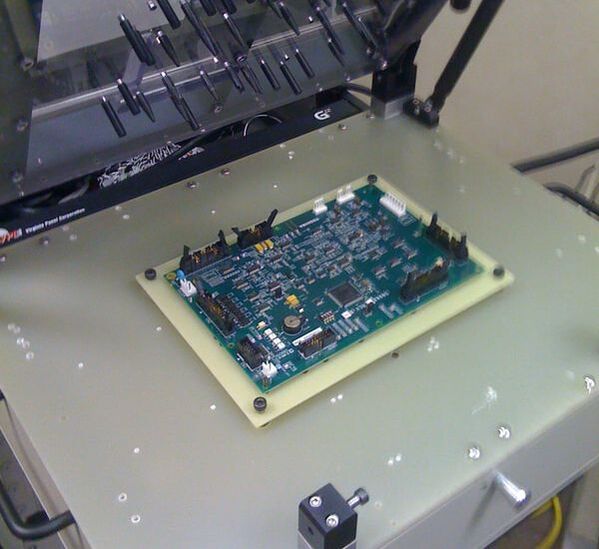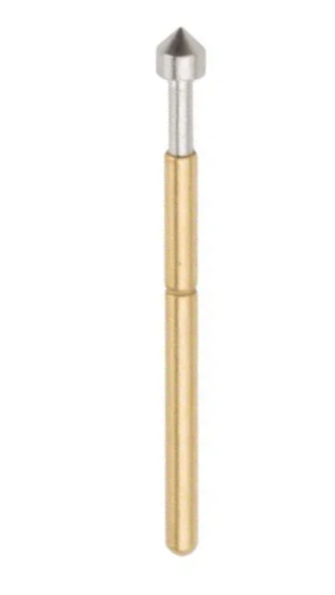How Does a Bed of Nails Tester Work? A bed of nails tester operates based on a simple yet effective principle. The tester is equipped with numerous small, spring-loaded pins (the "nails") inserted into holes in an epoxy phenolic glass cloth laminated sheet. These pins are meticulously aligned using tooling pins to make contact with specific test points on a printed circuit board (PCB). When a PCB is placed on the bed of nails tester, the spring-loaded pins make contact with the test points on the board, creating an electrical connection. This connection allows the tester to run electrical signals through the PCB and monitor the outputs, thus enabling it to check for faults or defects in the board's circuitry. Function of a Bed of Nails Tester One function of a bed of nails tester is to conduct in-circuit testing (ICT) - a method used to test individual components on a PCB for shorts, opens, resistance, capacitance, and other basic quantities. Functional testing is another common use of a bed of nails tester. This type of testing stimulates the PCB as if it was in operation, then monitors all of its capabilities functionally, making sure it works correctly. In other words, the bed of nails tester allows for an in-depth, component-by-component analysis of a PCB's performance as well as validating proper overall operation. It enables engineers and technicians to identify faulty components or connection issues on the board. In doing so, it plays a key role in quality assurance during the PCB manufacturing process.
Understanding Bed of Nails Testing
Understanding bed of nails testing requires an appreciation for its role in the broader process of electronic manufacturing and quality assurance. When a PCB is manufactured, it's critical to ensure that all the circuits and components on the board are functioning correctly. This can be done with a combination of automated visual inspection, flying probe testing, as well as the more in-depth functional testing that bed of nails tester is able to provide. By providing a way to make reliable, repeatable contact with multiple test points on a PCB, the bed of nails tester becomes an invaluable tool for manufacturers and test engineers. The tester can quickly identify defective components or connection issues, allowing for rapid corrections and thus ensuring the overall quality and reliability of the final product. In summary, the bed of nails tester is a powerful tool in the electronics manufacturing industry. By providing a reliable and efficient method for testing the functionality and integrity of PCBs, it plays an essential role in the production of high-quality complex electronic products and devices.
0 Comments
Leave a Reply. |
Categories
All
|



 RSS Feed
RSS Feed